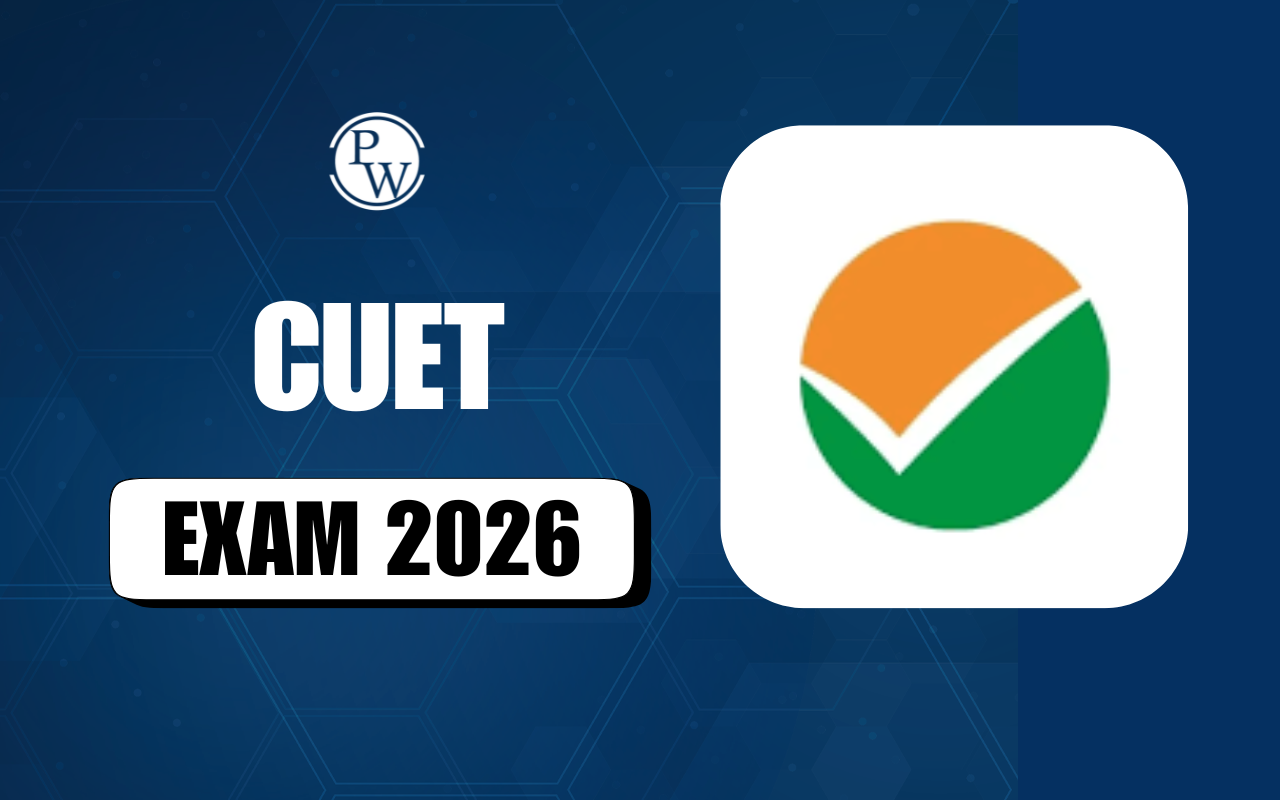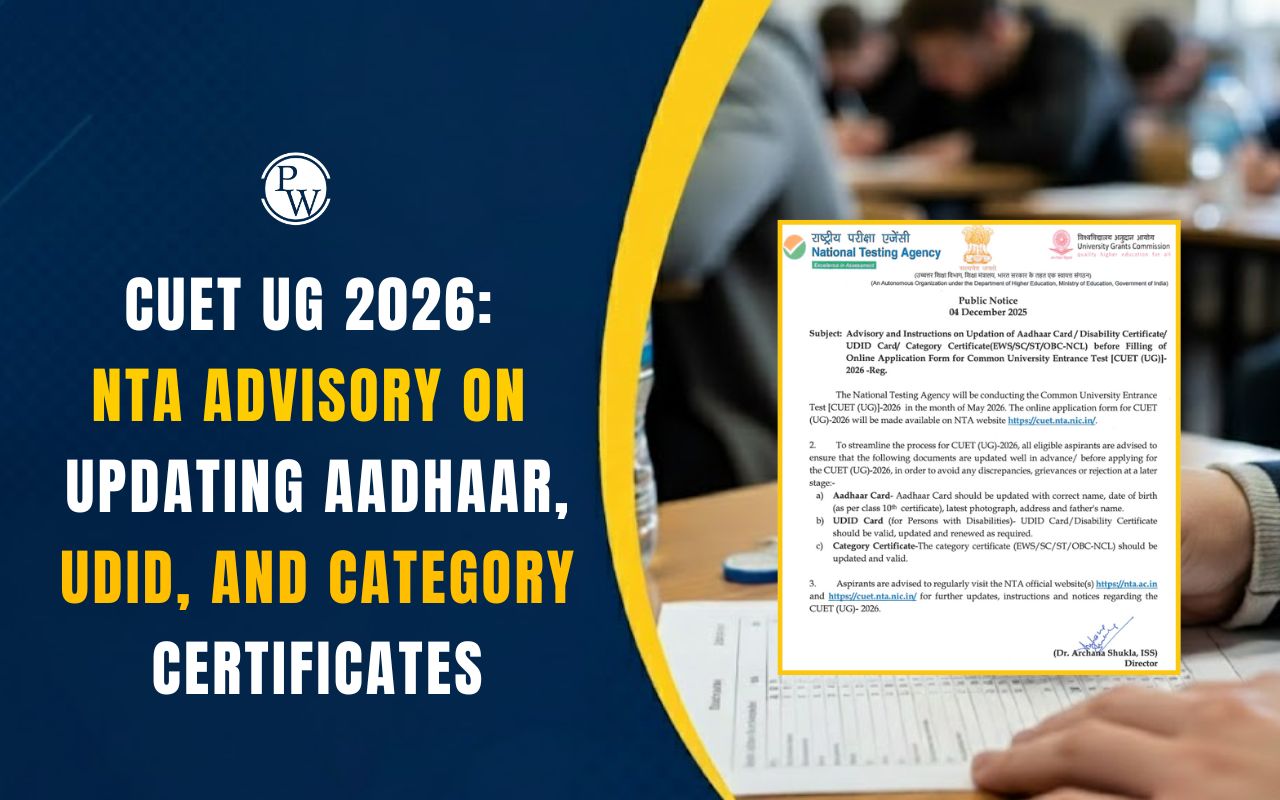
If you're planning to pursue undergraduate studies in Anthropology through the CUET, understanding the CUET Anthropology Syllabus 2026 is your first step toward success. The Anthropology syllabus for CUET is based entirely on Class 11 and 12 NCERT content and includes five major units that explore human evolution, biological variation, cultural practices, archaeological findings, tribal communities, and social change. Gaining a clear understanding of these topics will help you plan your preparation effectively and boost your chances of scoring well in the exam.
CUET Anthropology Exam 2026 Highlights
Here are the key highlights of the CUET Anthropology Exam 2026 that every aspirant must know. This will help you understand the cuet exam structure and plan your preparation effectively.
|
CUET Anthropology Exam 2026 Highlights |
|
|
Aspect |
Details |
|
Exam Name |
CUET UG 2026 |
|
Subject |
Anthropology |
|
Conducting Body |
National Testing Agency (NTA) |
|
Eligibility |
Students from any stream aspiring for UG in Anthropology |
|
Participating Universities |
Over 280 (Central, State, Private universities) |
|
Section |
Domain-Specific Subject |
Unit-Wise CUET Anthropology Syllabus 2026
Here is the unit-wise CUET Anthropology syllabus to help you structure your preparation more effectively.
Unit 1: Physical/Biological Anthropology
-
Human Evolution: Theories (Darwinism, Lamarckism, Neo-Darwinism, Neo-Lamarckism)
-
Living Primates: Characteristics and classification
-
Hominid Evolution: Australopithecus, Homo habilis, Homo erectus, Homo sapiens
-
Human Variation: Body size, shape, skin color, genetic traits
-
Mendelian Genetics: Laws of inheritance, dominant/recessive traits, sex-linked traits
-
Blood Groups and DNA: ABO, MN, Rh systems, structure of DNA
-
Genetic Processes: Mutation, gene flow, genetic drift, natural selection
Also Check : CUET Eligibility Criteria
Unit 2: Archaeological Anthropology
-
Stone Age Cultures: Paleolithic, Mesolithic, Neolithic
-
Tool Development: Choppers, hand axes, microliths, pottery
-
Metal Age: Use of bronze and iron
-
Archaeological Dating: Stratigraphy, dating techniques
-
Important Sites: Especially Indus Valley Civilization
Unit 3: Socio-Cultural Anthropology
-
Family Types and Marriage Systems: Nuclear, joint families; monogamy, polygamy
-
Kinship Systems: Matrilineal, patrilineal descent
-
Culture and Society: Cultural relativism, ethnocentrism, socialization, cultural change
-
Religious Beliefs: Animism, animatism, totemism, shamanism, magic
-
Subsistence Strategies: Hunting, gathering, agriculture
-
Political Systems: Bands, tribes, chiefdoms, traditional authority and power
Unit 4: Linguistic and Tribal Anthropology
-
Language and Culture: Language as a social tool
-
Linguistic Diversity in India
-
Tribal Communities: Social, economic, political features
-
Major Indian Tribes: Bhils, Gonds, Santhals, etc.
-
Particularly Vulnerable Tribal Groups (PVTGs)
-
Social Movements: Ecological, caste-based, class-based, tribal movements
Unit 5: Social Change and Applied Anthropology
-
Caste and Social Stratification
-
Colonial Impact on Indian Society
-
Modernization and Globalization
-
Industrial Society and Cultural Change
-
Role of Anthropology in Public Health
-
Diversity and Development Challenges
Also Check : CUET Exam Pattern
CUET Anthropology Exam Pattern and Marking Scheme
Understanding the exam format is just as important as knowing the syllabus. Here's how the CUET Anthropology exam will be structured:
|
CUET Anthropology Exam Pattern and Marking Scheme |
|
|
Particulars |
Details |
|
Total Questions |
50 |
|
Questions to Attempt |
50 |
|
Question Type |
Objective (MCQs) |
|
Marking Scheme |
+5 for correct, -1 for incorrect |
|
Syllabus Source |
Class 12 NCERT-based only |
Important Topics in CUET Anthropology 2026
While all five units are essential, some areas tend to carry higher weightage or are frequently asked. Here are a few important topics in CUET Anthropology 2026:
-
Theories of evolution and human evolution stages
-
Mendelian genetics and inheritance patterns
-
Stone Age tools and archaeological sites
-
Cultural relativism and ethnocentrism
-
Tribes in India and social movements
-
Impact of modernization and colonialism
CUET Anthropology Syllabus PDF Download
To make your preparation easier and more organized, the CUET Syllabus for Anthropology is available in a downloadable PDF format. This PDF includes all five major units along with detailed subtopics as per the latest NTA guidelines. Students can download the CUET Anthropology syllabus PDF from the link given below and keep it handy for regular reference while studying and revising. Having the syllabus in one place will help you stay focused and track your progress effectively throughout your preparation
CUET Anthropology Syllabus
CUET Anthropology Preparation Strategy 2026
-
Begin by thoroughly going through the CUET Anthropology syllabus. Since the questions will be based on Class 11 and 12 topics, focus only on what’s relevant. Understand the paper pattern—there will be 50 questions, and all must be attempted.
-
Create a daily and weekly timetable that covers each unit evenly. Allocate more time to complex topics like genetics, evolution, and archaeological methods. Stick to your schedule consistently.
-
Attempt CUET mock tests, sample papers, and previous year questions to get familiar with the exam format and improve time management. Review your mistakes to strengthen weak areas.
- Set aside the last 2–3 weeks for focused revision. Use short notes, charts, and flashcards to quickly revise key concepts, theories, and terms.
Physics Wallah provides CUET UG Online Coaching with live classes, study materials, and practice tests. The courses are designed to make learning simple and effective, helping you prepare for your CUET UG exams with ease.
|
CUET UG Exam Important Links |
|
CUET Anthropology Syllabus 2026 FAQs
How many questions are there in the CUET Anthropology paper?
What are some important topics in CUET Anthropology 2026?
Which book is best for CUET Anthropology preparation?
How should I start preparing for the CUET Anthropology exam?










